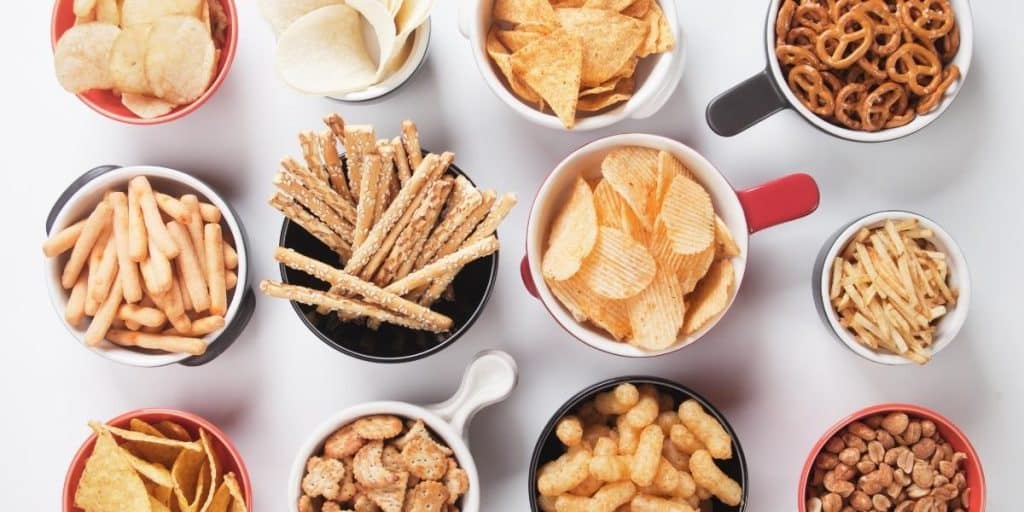Exploring the Distinctions Between Cakes and Snacks
When it comes to satisfying our taste buds and fulfilling our cravings, there are two culinary delights that often come to mind: cakes and snacks. While both offer a delightful burst of flavor and can be enjoyed at various times of the day, they serve different purposes and hold distinct places in our culinary repertoire. In this article, we’ll dive into the differences between cakes and snacks, shedding light on their unique characteristics, occasions for indulgence, and the role they play in our lives.


Texture and Composition: One of the most evident differences between cakes and snacks lies in their texture and composition. Cakes are typically soft, moist, and tender, with a crumbly or spongy texture. They are made from a combination of flour, sugar, eggs, and fat, often including additional ingredients like leavening agents and flavorings. On the other hand, snacks encompass a wide range of textures, from crunchy to chewy. Snacks are designed to be easily portable and can include a variety of ingredients such as nuts, dried fruits, seeds, and grains.
Sweetness and Flavor: Cakes are renowned for their sweet and indulgent flavor profiles. They are often rich in sugar and can be infused with various flavors through ingredients like vanilla, chocolate, fruits, and spices. Snacks, while they can also be sweet, tend to offer a broader spectrum of flavors. Savory snacks like pretzels, chips, and crackers provide a salty and sometimes spicy taste, making them an ideal choice for those craving a different kind of satisfaction.
Occasions and Timing: Cakes are traditionally associated with celebrations and special occasions. Birthdays, weddings, anniversaries, and other significant events often call for a beautifully decorated cake to mark the festivities. On the contrary, snacks are versatile and can be enjoyed throughout the day. They make for convenient on-the-go options, mid-day pick-me-ups, or accompaniments during movie nights and gatherings.
Portion Sizes and Presentation: Cakes are usually prepared in larger portions, meant to be sliced and shared among several people. Their presentation is often elaborate, with layers, frostings, and decorative elements that make them a centerpiece at events. Snacks, on the other hand, are portioned for individual consumption. They come in convenient packaging, making them easy to carry and enjoy anywhere without the need for slicing or serving.
Nutritional Value: The nutritional content of cakes and snacks can vary significantly. Cakes are generally higher in calories, sugars, and fats, making them more suitable as occasional treats rather than everyday snacks. Snacks, when chosen wisely, can offer a balance of nutrients, providing essential vitamins, minerals, and fiber. Options like trail mix, whole-grain crackers, and yogurt-covered fruits can provide both taste and nutrition.
Emotional and Social Aspects: Cakes often hold emotional significance, symbolizing joy, celebration, and togetherness. They are a way to share happiness with loved ones and create cherished memories. Snacks, on the other hand, are often associated with convenience and relaxation. Enjoying a snack while watching a movie or reading a book can offer a sense of comfort and relaxation.
Cakes and snacks are distinct culinary delights that cater to different occasions, cravings, and preferences. While cakes bring an air of celebration and indulgence to special moments, snacks offer a convenient and varied way to satiate hunger and provide a quick energy boost. Both have their unique roles in our culinary experiences, contributing to the diverse tapestry of flavors and textures that make food an integral part of our lives.
If you like this content,you can check another site about “What’s the Difference Between Snack Cake and Snacking Cake?”. You’ll like it. Also you can check our content about “7 Ways A Marshmallow Cafe Is Sticking To the Trends” content to drink marshmallow cafe with your snacks and cakes.




























Leave a Reply